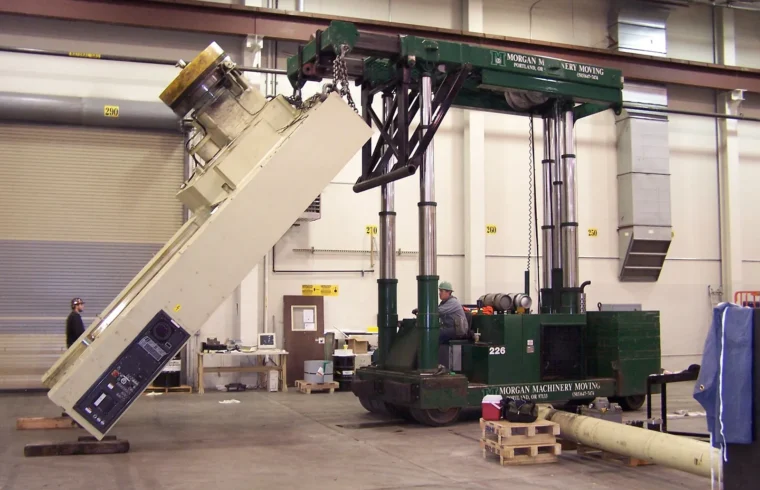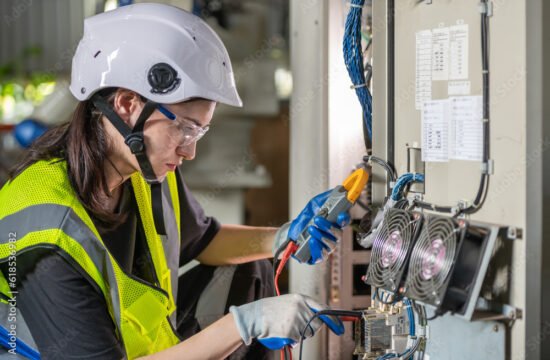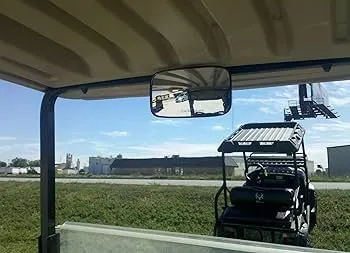Equipment movers are essential for relocating heavy and bulky machinery in various industries. Whether you are moving construction equipment, industrial machinery, or office equipment, understanding how equipment movers work and their benefits can help you manage relocations efficiently. This guide provides an overview of equipment movers, their types, key responsibilities, and tips for choosing the right service for your needs.
What is an Equipment Mover?
Definition and General Purpose
An equipment mover is a specialized service or piece of machinery designed to transport large and heavy equipment from one location to another. These movers are used in various settings, including construction sites, manufacturing facilities, and offices. The primary purpose of equipment mover is to ensure that machinery is relocated safely, efficiently, and with minimal disruption to operations. Equipment movers can range from simple hand trucks for small loads to sophisticated cranes and flatbed trucks for larger machinery.
Types of Equipment Movers
There are several types of equipment movers, each suited to different needs:
- Hand Trucks and Dollies: Ideal for moving smaller equipment or items within a facility. They are useful for short distances and tight spaces.
- Forklifts: Used for lifting and transporting heavy items over short distances within a facility. Forklifts can handle a variety of loads and are essential in warehouses and manufacturing environments.
- Cranes: Suitable for lifting and moving very heavy or oversized equipment. Cranes are often used in construction and industrial settings where machinery needs to be moved vertically or across large distances.
- Flatbed Trucks: Designed for transporting large machinery over long distances. Flatbed trucks provide a stable platform for securing heavy equipment during transit.
Each type of equipment mover is designed to handle specific tasks, ensuring that machinery is transported safely and efficiently.
Importance of Equipment Movers
Equipment movers are crucial for several reasons. They help in:
- Preventing Damage: Proper equipment movers ensure that machinery is transported without damage, which can be costly to repair.
- Minimizing Downtime: Efficient moving reduces the time machinery is out of operation, helping to maintain productivity.
- Ensuring Safety: Specialized equipment and techniques reduce the risk of accidents and injuries during the moving process.
Using the right equipment mover is essential for a successful relocation, whether within a facility or across locations.
Key Responsibilities of Equipment Movers
Planning and Preparation
Planning and preparation are vital for a smooth equipment move. This involves:
- Assessing Equipment: Determine the size, weight, and type of machinery to be moved. This helps in selecting the appropriate mover and planning the relocation process.
- Preparing the Move: Ensure that the equipment is properly secured and any necessary disassembly is done before transport. This may include removing attachments or protective coverings.
Effective planning helps in avoiding unexpected challenges and ensures that the move proceeds efficiently.
Loading and Unloading
Loading and unloading are critical tasks in the moving process. Key considerations include:
- Using Appropriate Equipment: Choose the right equipment for loading and unloading, such as forklifts or cranes, based on the size and weight of the machinery.
- Securing the Load: Ensure that the equipment is properly secured to prevent movement or damage during transport. Use straps, chains, or other securing methods as needed.
Proper loading and unloading techniques help in preventing damage and ensuring that the equipment is safely positioned in its new location.
Safe Transport
Safe transport involves:
- Using Suitable Vehicles: Choose vehicles that can handle the weight and dimensions of the machinery. This includes flatbed trucks for long-distance moves or cranes for vertical lifts.
- Adhering to Safety Protocols: Follow safety guidelines and regulations to ensure that the move is conducted safely. This includes using personal protective equipment (PPE) and ensuring that all moving parts are properly secured.
Safety during transport is crucial to avoid accidents and ensure that the equipment arrives in good condition.
Choosing the Right Equipment Mover
Evaluating Service Providers
When selecting an equipment mover, consider:
- Experience and Reputation: Look for movers with a proven track record in handling similar types of equipment. Check reviews and references to gauge their reliability and performance.
- Equipment and Capabilities: Ensure that the mover has the necessary equipment and expertise to handle your specific needs. This includes checking their fleet of trucks, cranes, and other machinery.
Choosing a reputable service provider ensures that the move is handled professionally and efficiently.
Comparing Costs and Services
Compare costs and services offered by different movers. Factors to consider include:
- Detailed Quotes: Obtain quotes that outline all potential expenses, including labor, equipment rental, and transport.
- Scope of Services: Consider the range of services provided, such as planning, packing, and support during the move. Ensure that the services meet your requirements.
Balancing cost and service quality helps in finding the best value for your equipment moving needs.
Best Practices for Equipment Moving
Proper Handling Techniques
Use the following techniques for effective equipment handling:
- Lift with Care: When using cranes or forklifts, ensure that the load is balanced and lifted carefully to prevent tipping or damage.
- Secure the Load: Use appropriate securing methods to keep the equipment stable during transport. Check that all securing mechanisms are in place before moving.
Proper handling techniques help in maintaining the integrity of the equipment and preventing accidents.
Safety Protocols
Adhere to safety protocols to ensure a safe moving process:
- Personal Protective Equipment (PPE): Wear PPE such as helmets, gloves, and safety glasses to protect against potential hazards.
- Training and Certification: Ensure that all personnel involved in the move are trained and certified in operating the equipment and handling machinery safely.
Following safety protocols reduces the risk of injuries and ensures a safe working environment.
Post-Move Inspection
After the move, conduct a thorough inspection of the equipment:
- Check for Damage: Look for any signs of damage that may have occurred during transport. Address any issues promptly to avoid operational problems.
- Verify Functionality: Ensure that all components are functioning correctly and that the equipment is ready for use.
A post-move inspection helps in identifying and resolving any issues that could affect the equipment’s performance.
Conclusion
Equipment movers play a crucial role in relocating heavy and bulky machinery safely and efficiently. By understanding their functions, responsibilities, and best practices, you can ensure a smooth moving process that minimizes risks and maximizes productivity. Choosing the right equipment mover and following best practices will help you achieve a successful relocation, whether within a facility or across locations.










